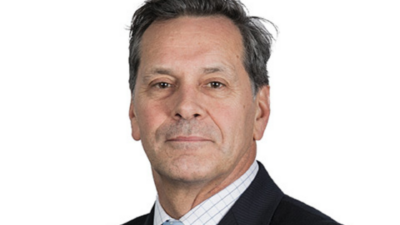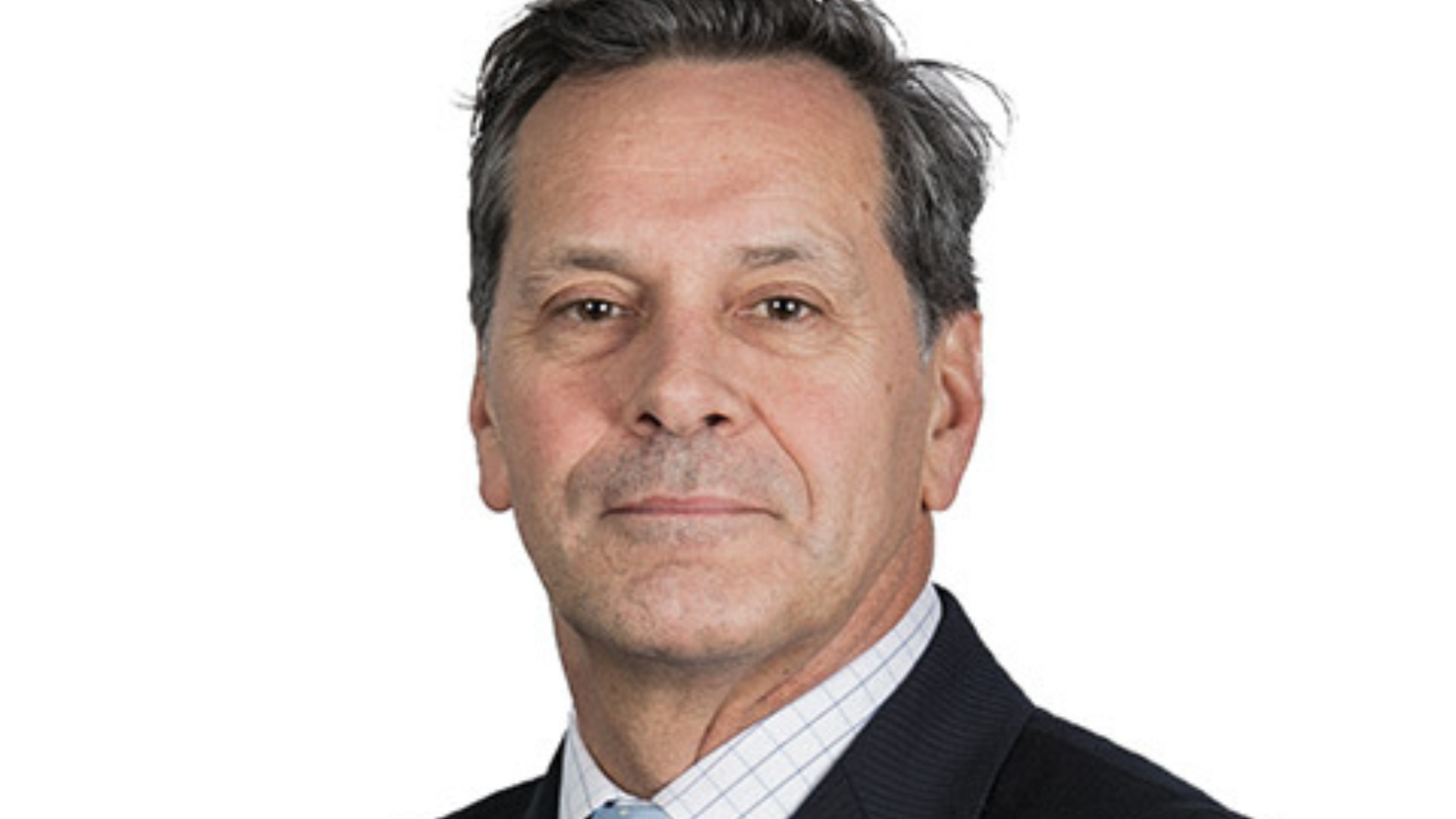Activist investing goes mainstream with Sandon LIC
(Pictured: Gabriel Radzyminski)
Despite the efforts of organisations such as the Australian Council of Superannuation Investors and researchers at Ownership Matters and other proxy advice firms, inertia reigns supreme among shareholders of Australia’s big listed companies, according to Gabriel Radzyminski.
Radzyminski, one of only a handful of fund managers who refers to himself as an activist investor, relaunched a listed investment company late last year as an activist investment manager, having raised $35 million to invest.
Until now, his firm Sandon Capital, which he started in 2008, ran a small wholesale fund and did advisory work for other investors, including Geoff Wilson’s Wilson Asset Management and Sir Ron Brierley.
Over the past five years he has become involved in several public restructurings of listed investment companies, including Contango Capital Partners, India Equities (which became Mercantile), Signature Capital and Premium Investors (linked to Treasury Group). Most recently Sandon has taken the good fight to the board of Warrnambool Cheese & Butter to get a bit extra for shareholders in that protracted takeover.
With Warrnambool, in which Sandon’s clients have invested since 2010, Radzyminski says, the company is leaving franking credits of 56c a share on the table and this should be considered as part of the takeover. Even though many shareholders will have doubled or tripled their money because of the bid, they are still being sold short, he says, because of the absence of franking as part of the transaction. The dairy producer last week became a subsidiary of Saputo, a Canadian company.
Radzyminski is happy to express his views, using PR as another tool, when appropriate, to unlock shareholder value.
He says there are two types of activist investors: those that become so by an “accident” and those who deliberately seek out opportunities. The accidental activists are those who made an investment but then discovered that they needed to fight for their shareholder rights because of a certain issue.
“To me, every investor should be an accidental activist,” he says. “Everyone should fight for their rights.” He is skeptical about whether super funds and their mainstream managers, with one or two exceptions, will ever have the heart to regularly take on big company boards.
“The way I see it,” he says, “is that you have the herd, who will rarely say ‘boo’. The worst thing that they do [to a company] is sell their stock… We’ve had little work to do with super funds. I don’t think there’s much opportunity for activism at the top end [of the corporate market] because the big funds are not prepared to step outside their comfort zone… We don’t accept the status quo but the vast majority of society does.”
Sandon has the usual value manager’s screens to identify intrinsic value inside a company and then looks for those which are performing poorly.
“A badly performing company is an indicator that shareholders have lost money and might be prepared to give something else a go,” Radzyminski says. An assessment of the target company’s share register, and whether it includes investors who could be persuaded to do something about it, is also a part of the process. “Otherwise there’s no point in us going in,” he says.
The potential catalysts for change or to unlock the value in a stock can vary markedly. Radzyminski says he does not pretend to know all the answers and is happy to find someone else’s good idea and run with it.
By its nature, Sandon operates mostly among mid and small-cap stocks and holds a concentrated portfolio. It takes a particular type of person to be an activist manager, too. Radzyminski says: “Typically we will be telling people things that they don’t want to hear. I think you need a thick hide.”
In the US, the actions of some famous activists, such as Carl Icahn, became so well known that their appearance on a share register would invariably result in a spike in the share price in the expectation of some corporate action. There is now some protection in the US from the possibility of a share raider doing a “pump and dump” on the stock, but not in Australia. In the US, via the SEC regulation Schedule 13D, there is the requirement of larger investors with more than 5 per cent of a stock to not only identify themselves, as Australia’s Section 603 does, but also state the purpose of their investment. They have to answer 10 questions as to their motives and plans.










